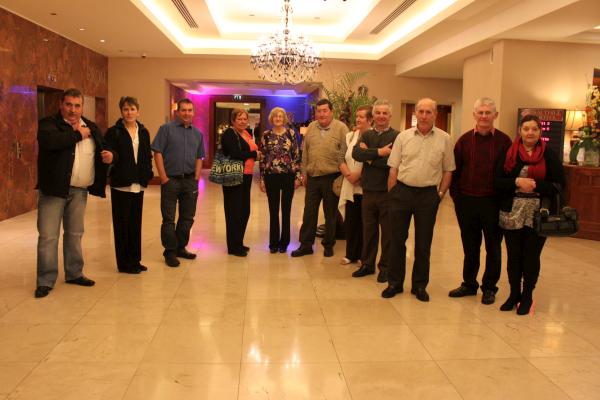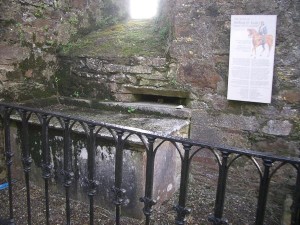
Michael Commins Country & Western Show – A Superb Success

Community website for Millstreet, Co. Cork, Ireland

Nóra Ní Shíndile was a native of Millstreet, and a professional keener (“bean caoinadh”) in the late 1790’s/early 1800’s. It is thanks to her that the poem Caoineadh Airt Uí Laoghaire survives today. About 1800, the scribe and poet, Éamonn de Bhál, transcribed Caoineadh Airt Uí Laoghaire from her rendering, thus preserving the full version of the caoineadh for posterity.

Caoineadh Airt Uí Laoghaire is one of the greatest love poems of the Irish Language. Eibhlín Dubh Ní Chonaill composed it capturing the life and death of her husband Art on May 4, 1773 in Carriganima.
The Irish tradition of keening over the body at the burial is distinct from the wake (the practice of watching over the corpse – which took place the night before the burial). The “keen” itself is thought to have been constituted of stock poetic elements (the listing of the genealogy of the deceased, praise for the deceased, emphasis on the woeful condition of those left behind etc) set to vocal lament. While generally carried out by one or several women, a chorus may have been intoned by all present. Physical movements involving rocking, kneeling or clapping accompanied the keening woman (“bean caoinadh”) who was often paid for her services. [read more …] “An Caoineadh Airt Uí Laoghaire”